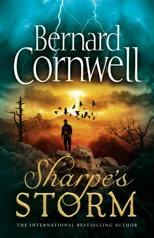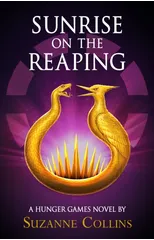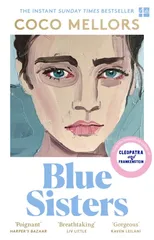The Life of Violet
Three Early Stories
(Author) Virginia WoolfVirginia Woolf’s first fully realized work of fiction—published in its final, revised form for the first time A beguiling trio of fantastical and farcical anti-fairy tales about a giantess who builds a magical “cottage of one’s own,” battles a silver-scaled sea monster, and defies governesses and gravity alike In 1907, eight years before she published her first novel, a twenty-five-year-old Virginia Woolf drafted three interconnected comic stories chronicling the adventures of a giantess named Violet—a teasing tribute to Woolf’s friend Mary Violet Dickinson. But it was only in 2022 that Woolf scholar Urmila Seshagiri discovered a final, revised typescript of the stories. The typescript revealed that Woolf had finished this mock-biography, making it her first fully realized literary experiment and a work that anticipates her later masterpieces. Published here for the first time in its final form, The Life of Violet blends fantasy, fairy tale, and satire as it transports readers into a magical world where the heroine triumphs over sea-monsters as well as stifling social traditions. In these irresistible and riotously plotted stories, Violet, who has powers “as marvelous as her height,” gleefully flouts aristocratic proprieties, finds joy in building “a cottage of one’s own,” and travels to Japan to help create a radical new social order. Amid flights of fancy such as a snowfall of sugared almonds and bathtubs made of painted ostrich eggs, The Life of Violet upends the marriage plot, rejects the Victorian belief that women must choose between virtue and ambition, and celebrates women’s friendships and laughter. A major literary discovery that heralds Woolf’s ambitions to revolutionize fiction and sheds new light on her great themes, The Life of Violet is first and foremost a delight to read. This volume features a preface, afterword, notes, and photographs that provide rich historical, literary, and biographical context.
Virginia Woolf
Virginia Woolf was a prominent English writer and modernist literary figure. Known for her stream-of-consciousness writing style, she challenged traditional narrative structures and explored themes of gender, class, and mental health in her works. Some of her most notable works include "Mrs. Dalloway," "To the Lighthouse," and "Orlando." Woolf's contributions to literature include her innovative approach to character development and narrative technique, as well as her exploration of the inner lives of her characters. Her most famous work, "Mrs. Dalloway," is considered a masterpiece of modernist literature and a reflection of Woolf's unique literary voice. Woolf's impact on the literary genre is undeniable, as she paved the way for future generations of writers to experiment with form and style in their own works.












